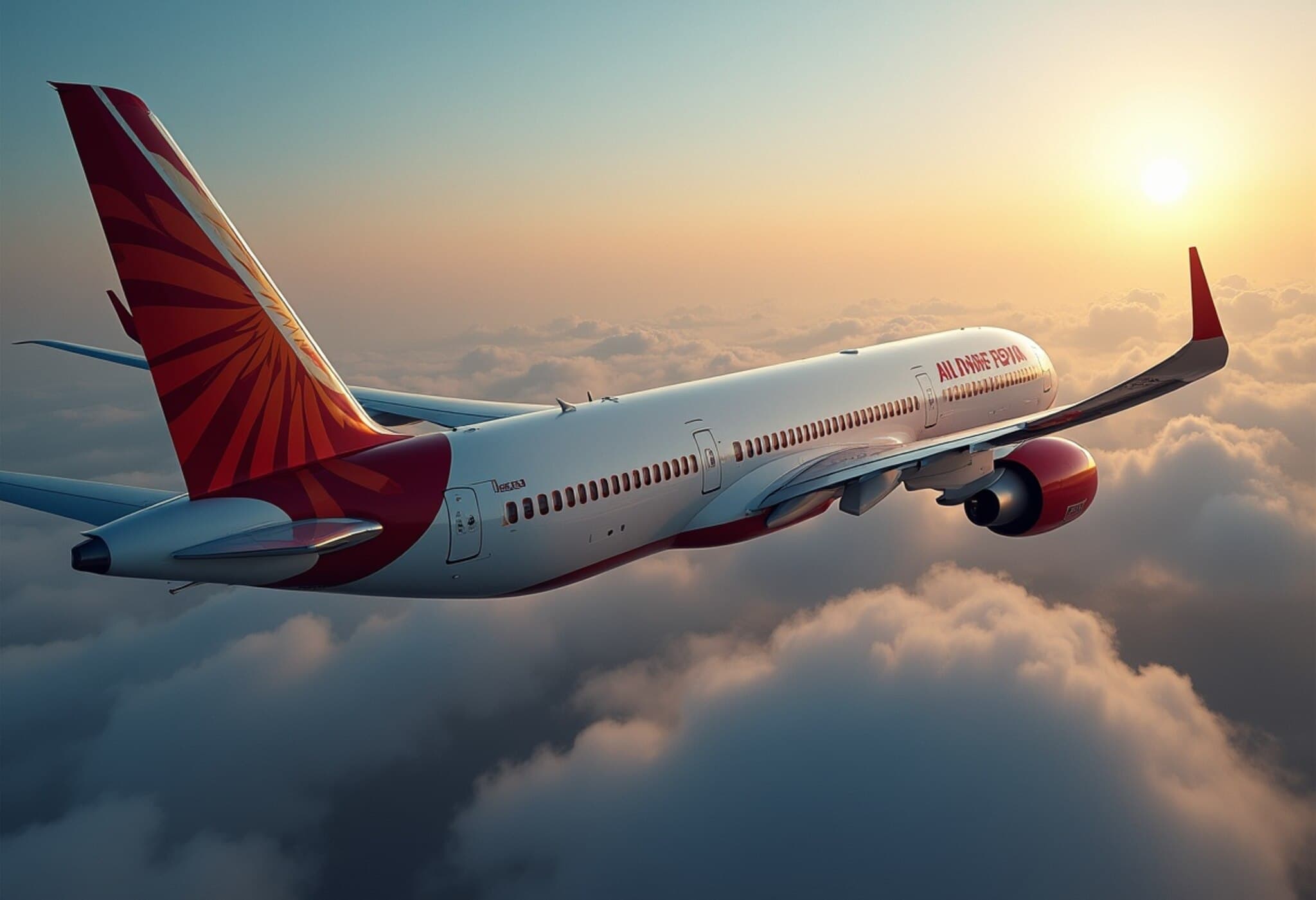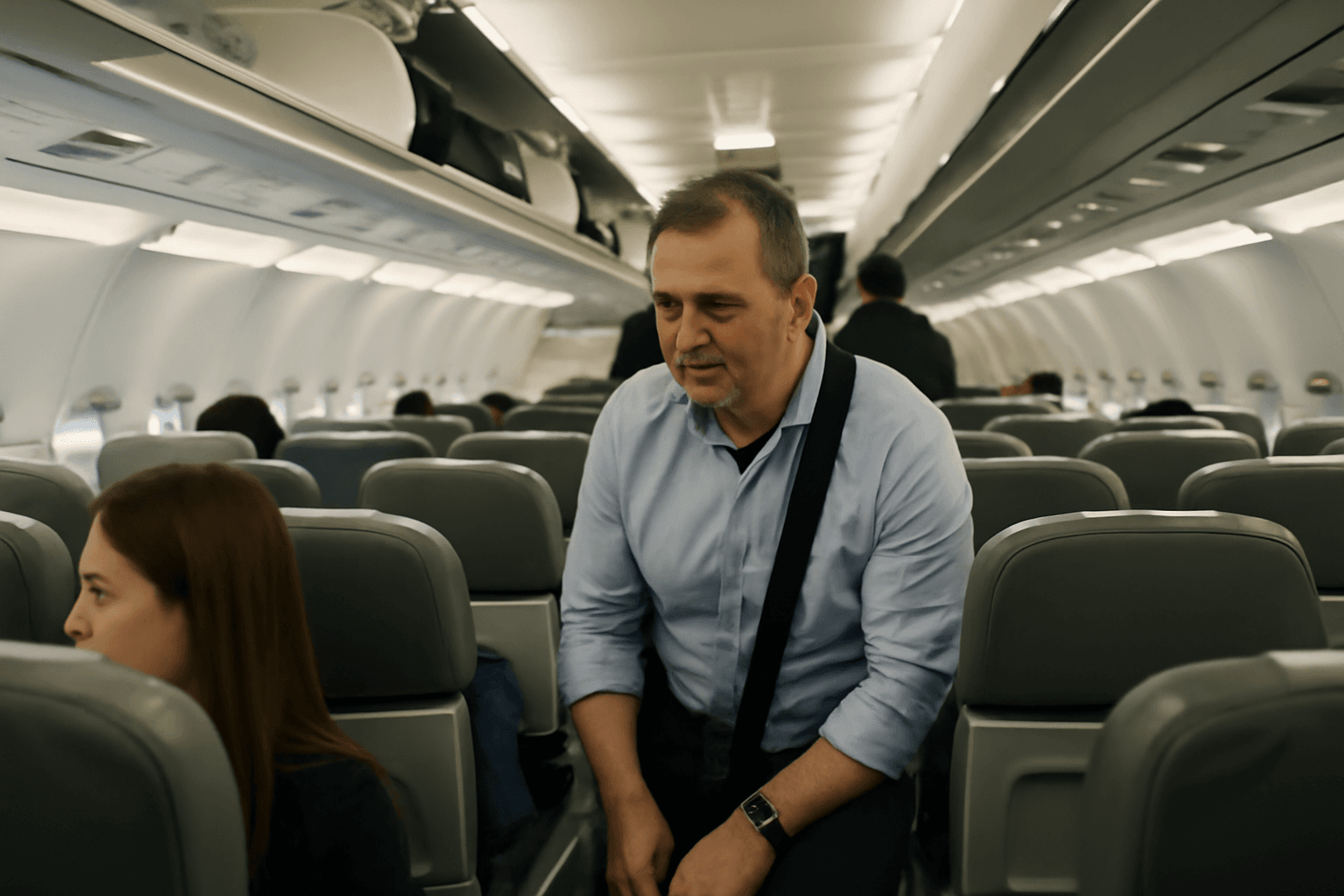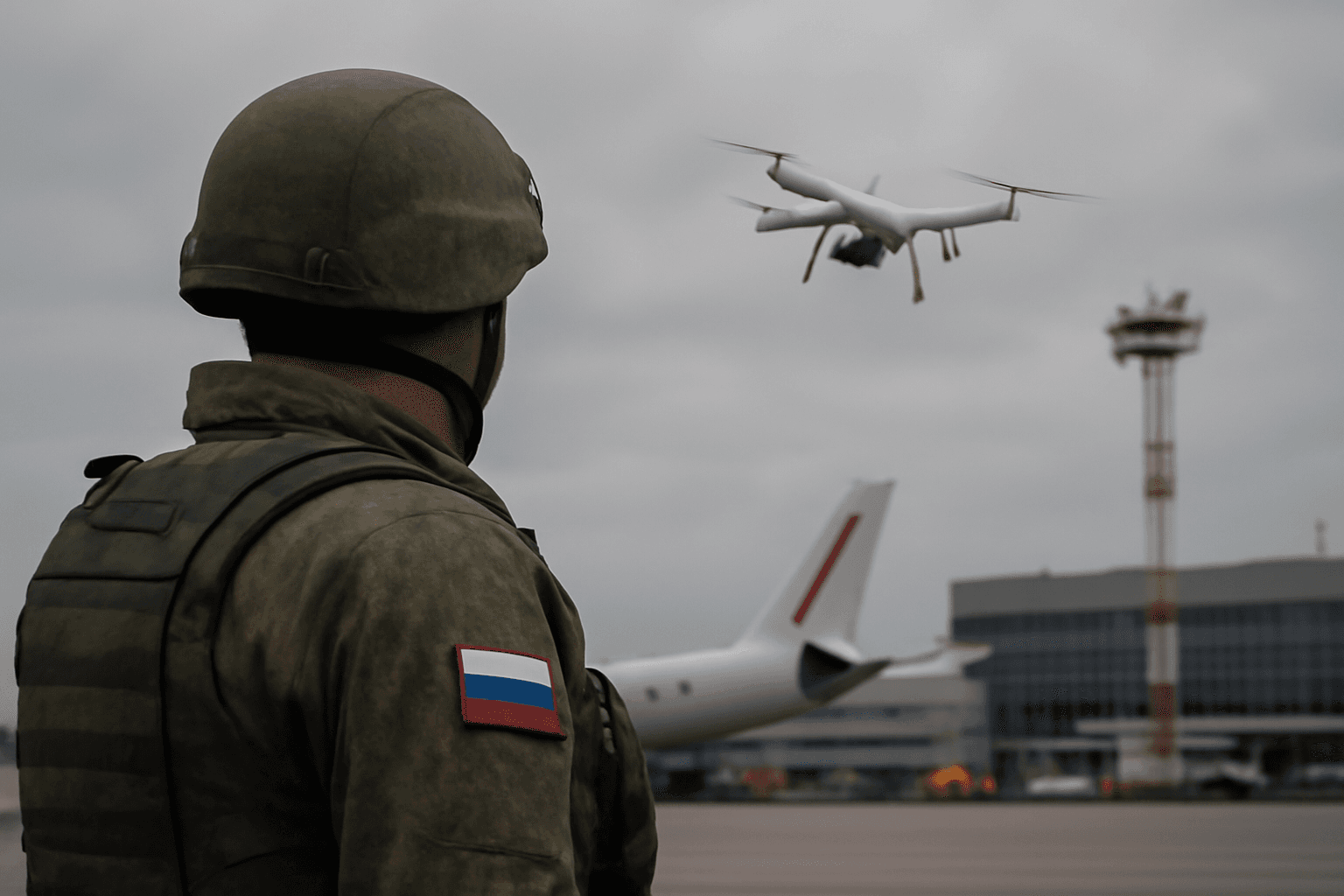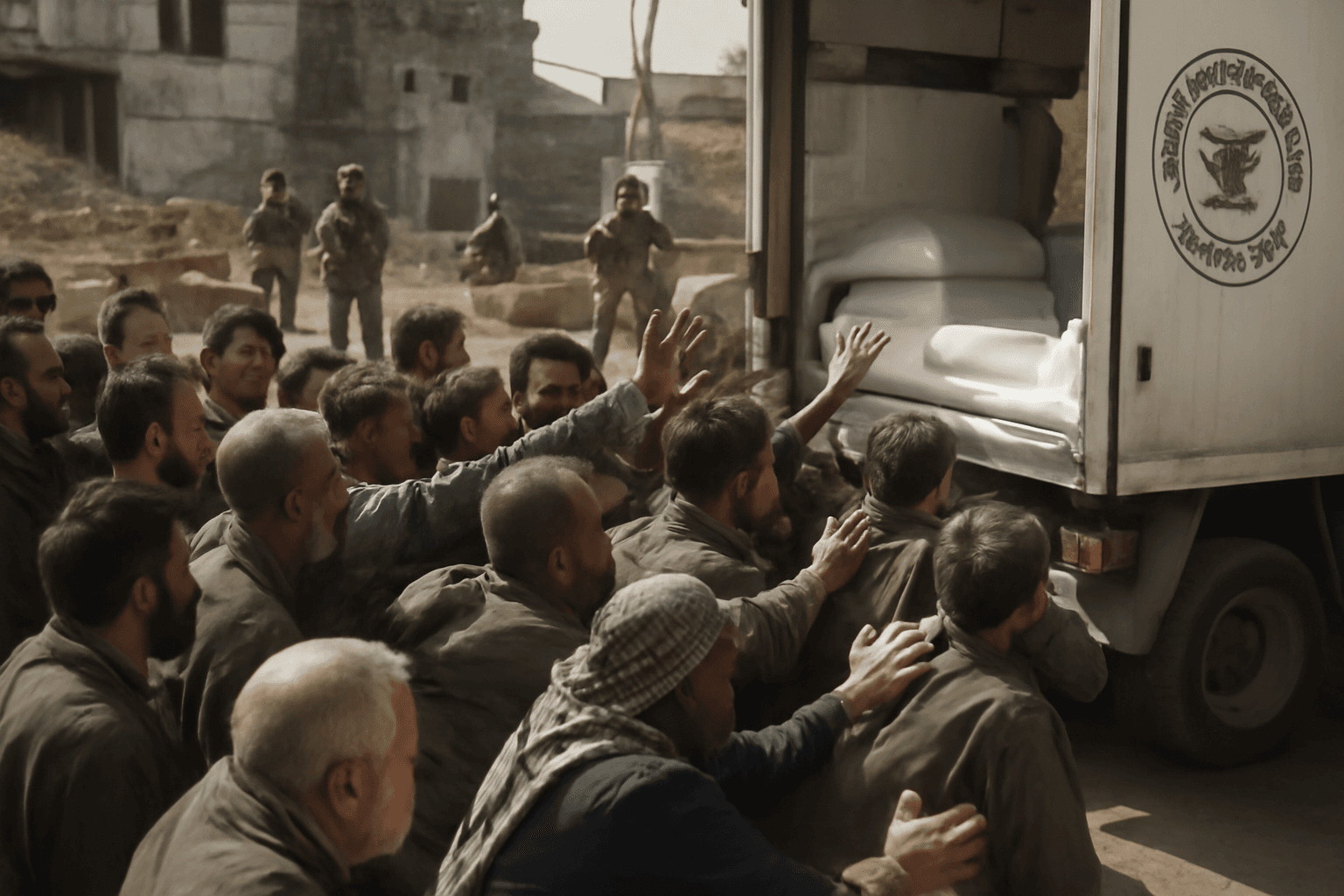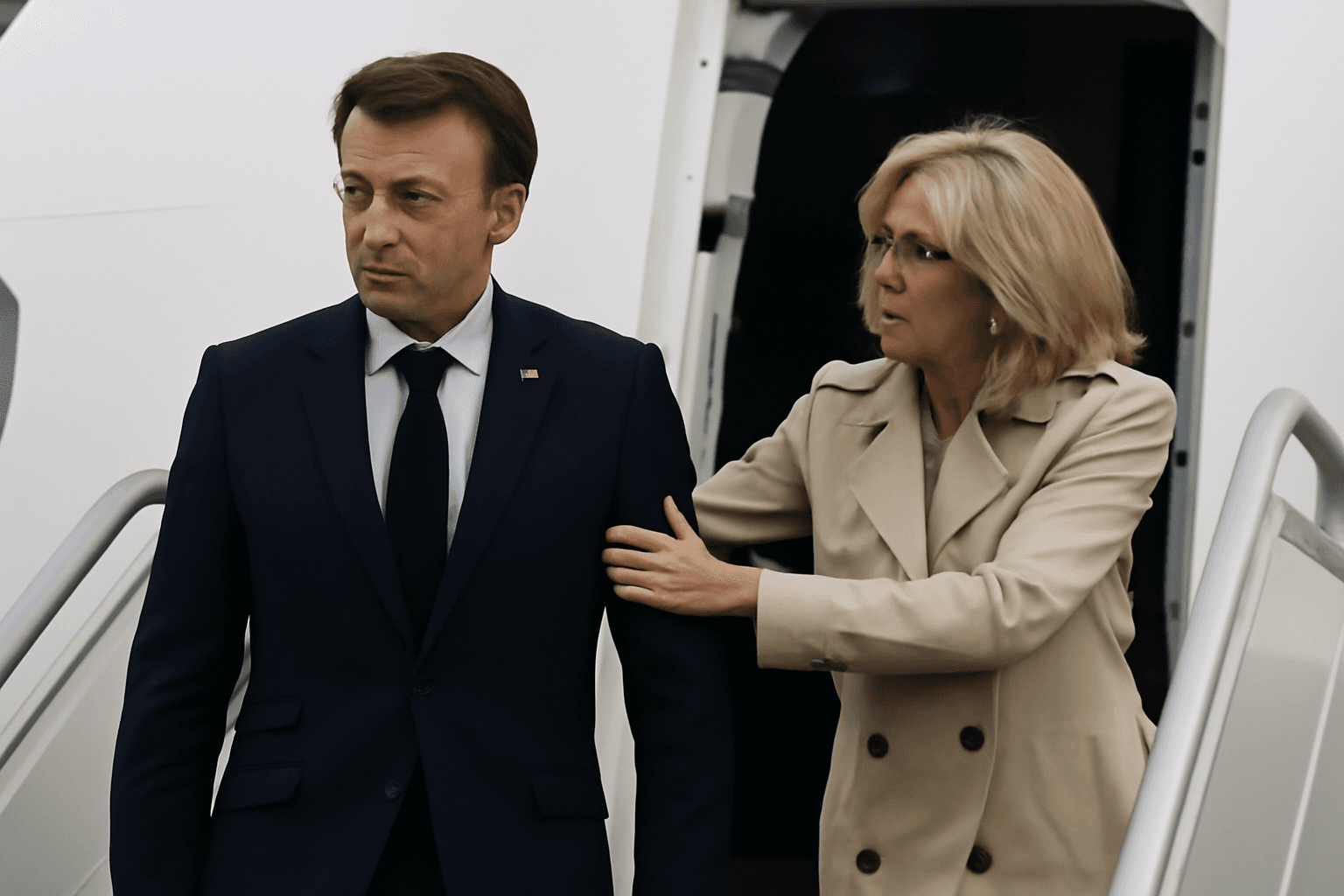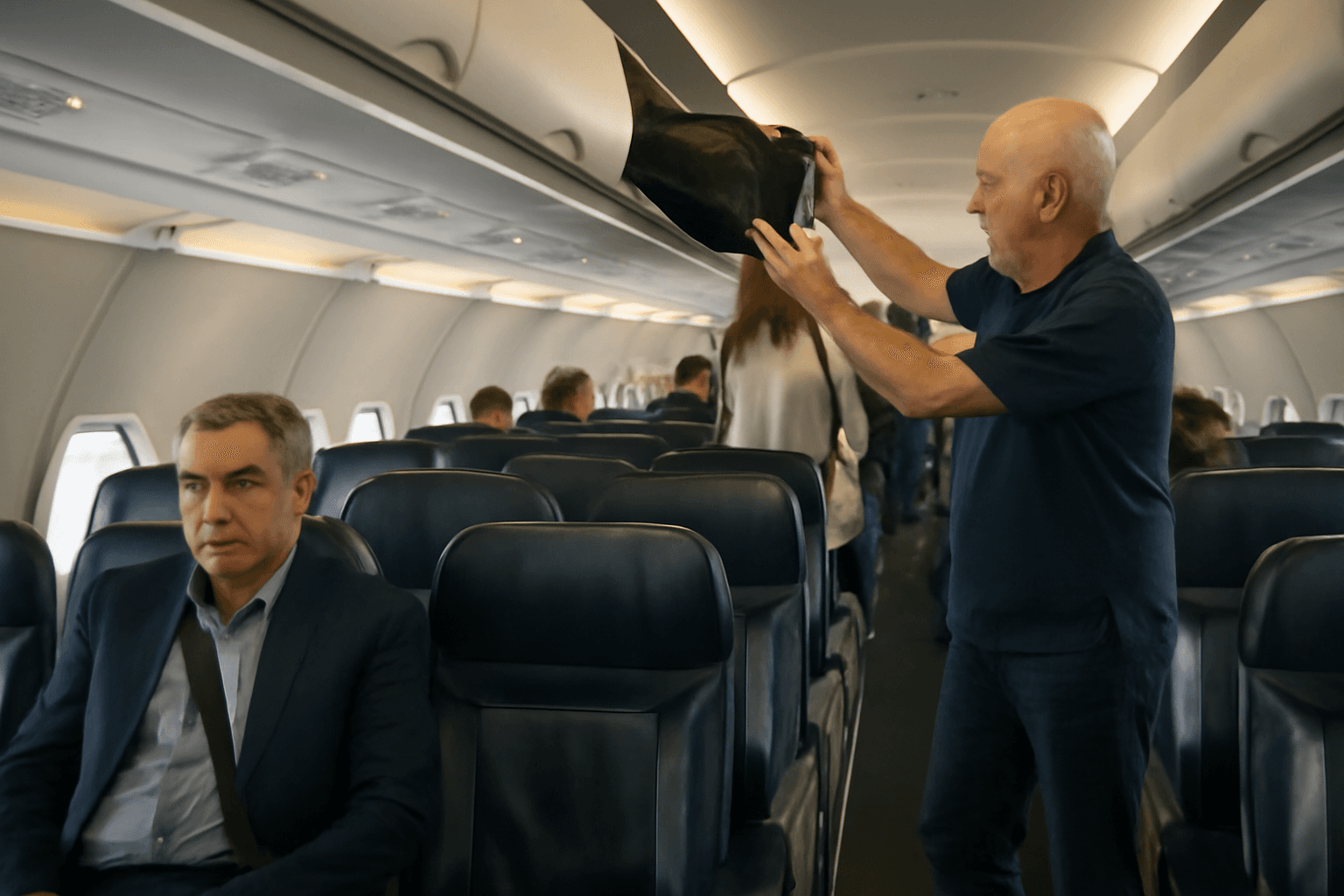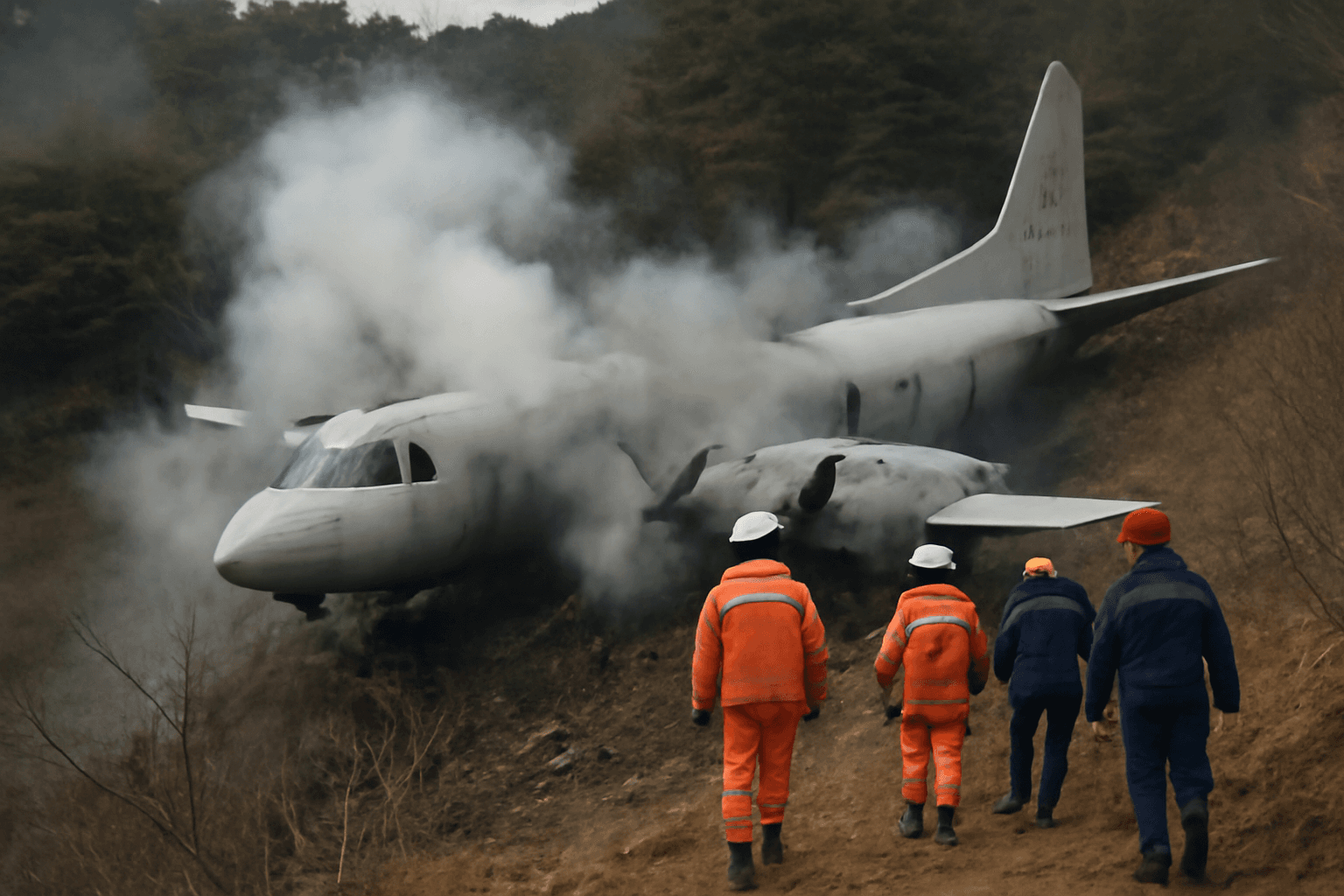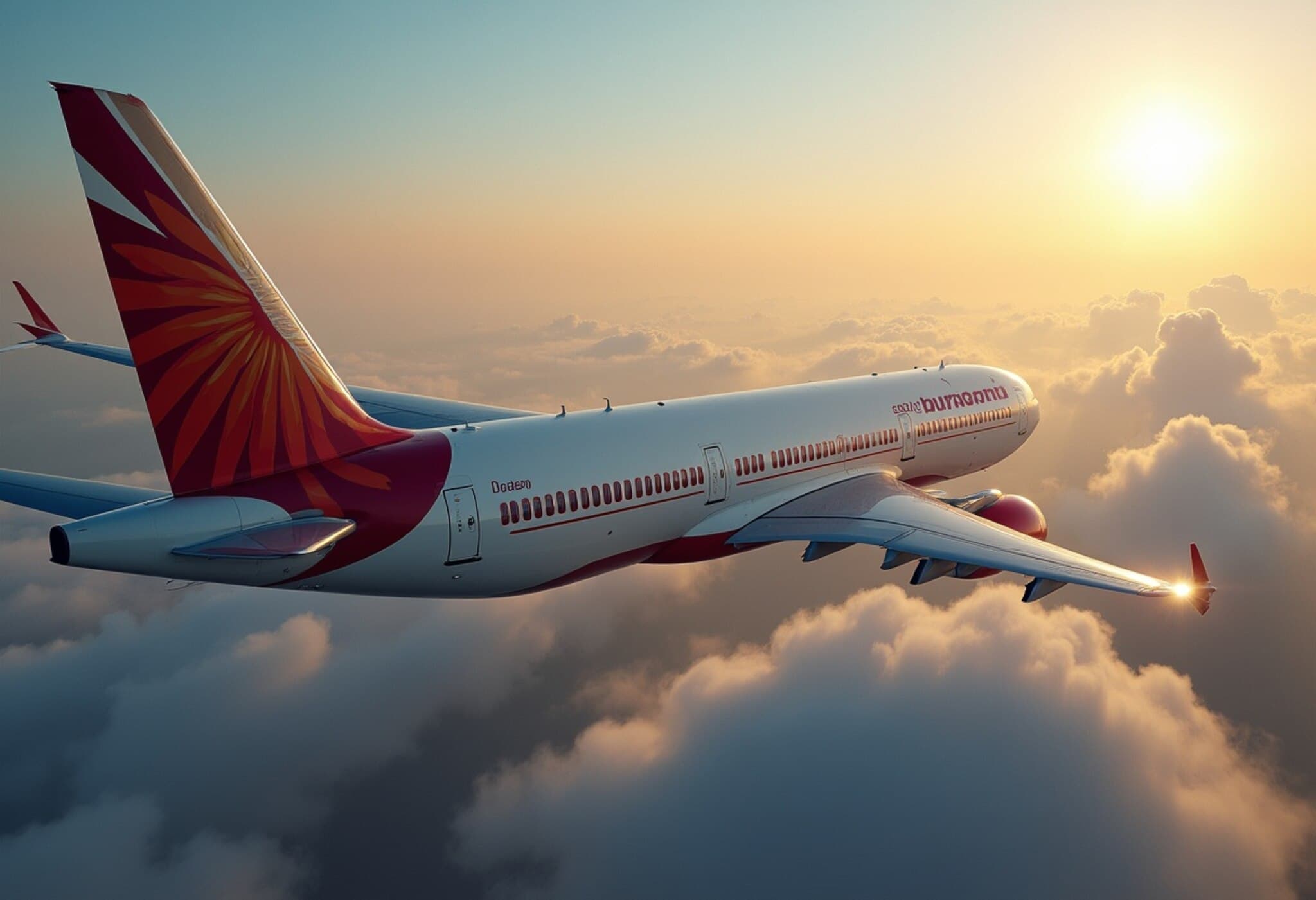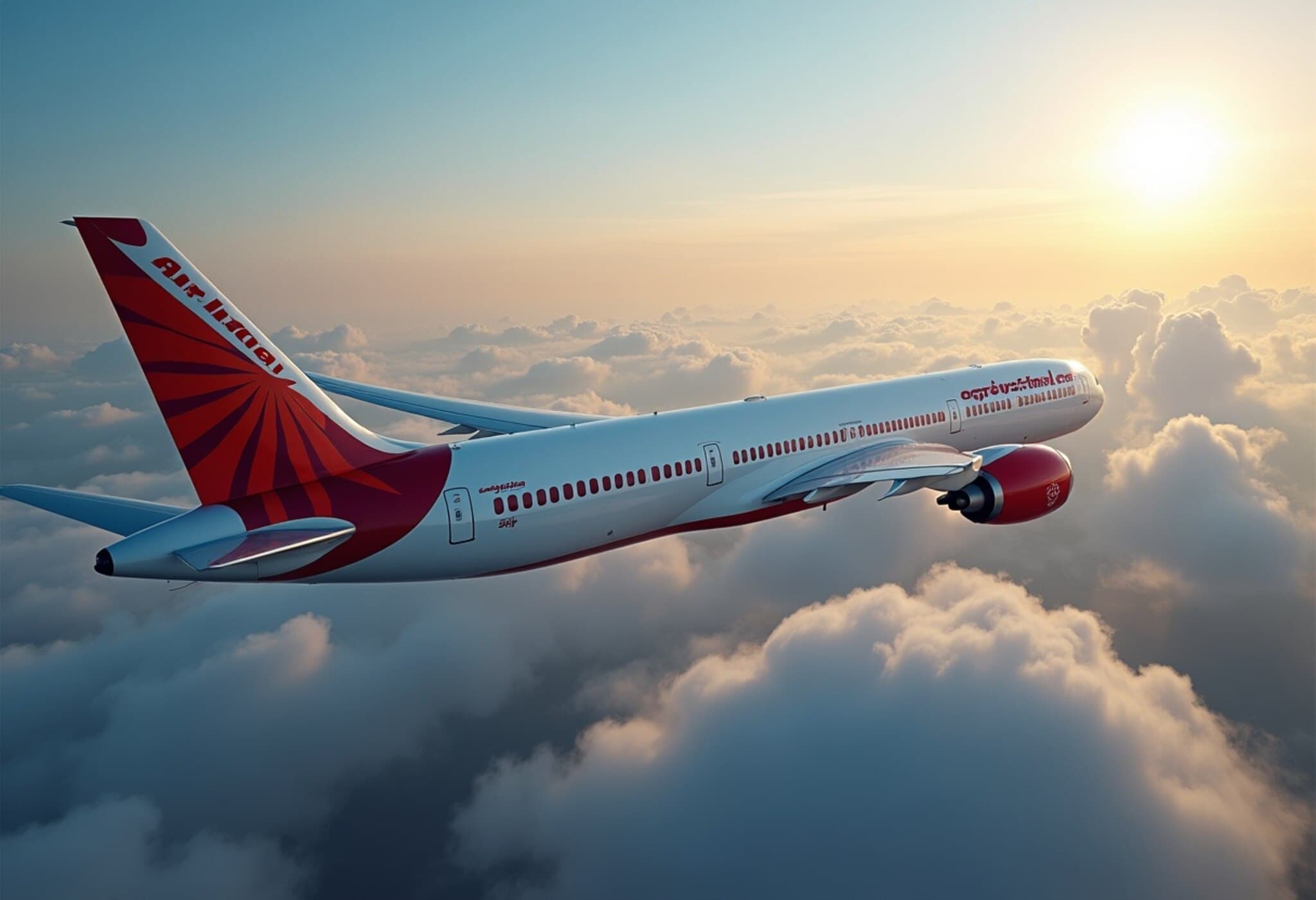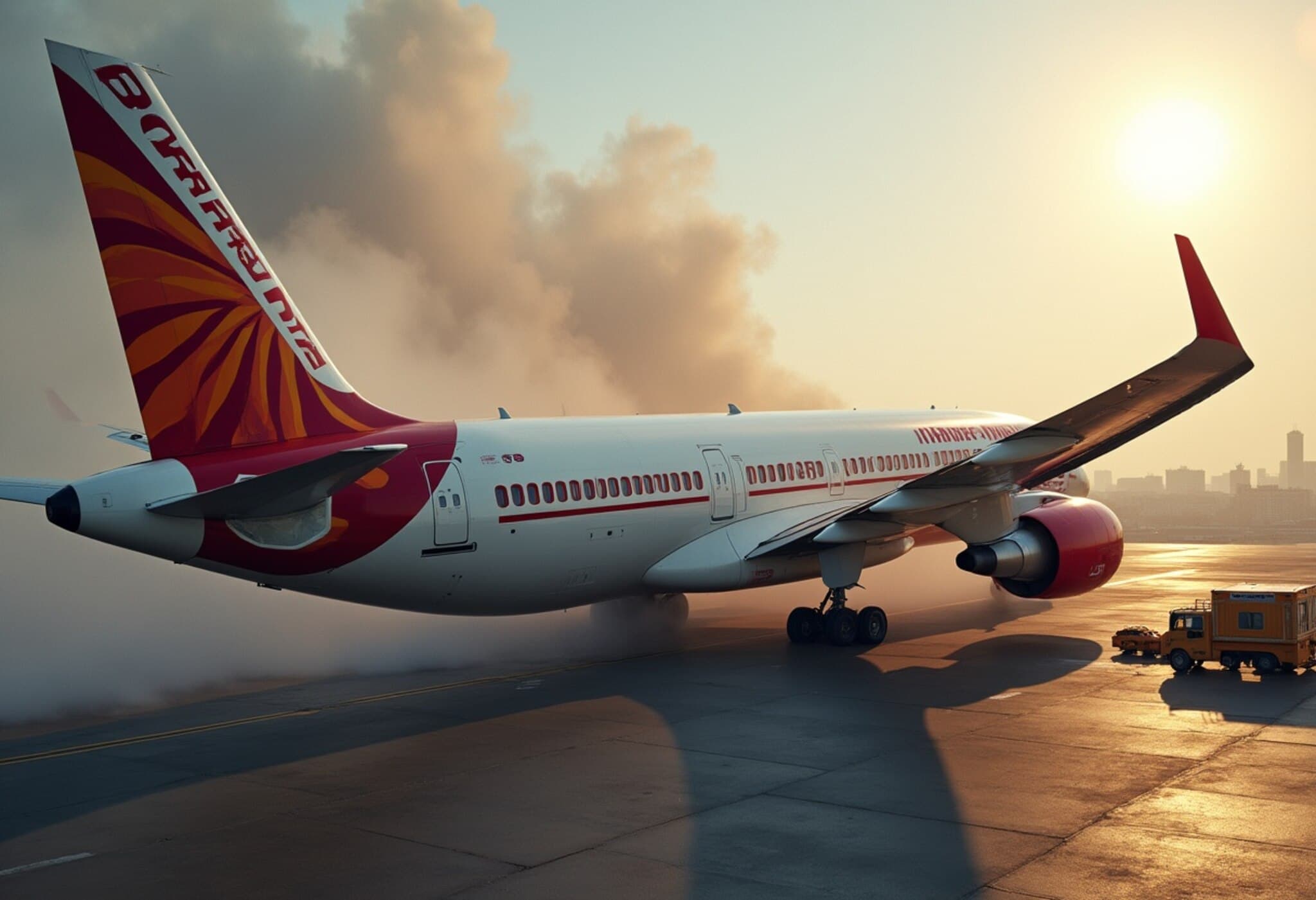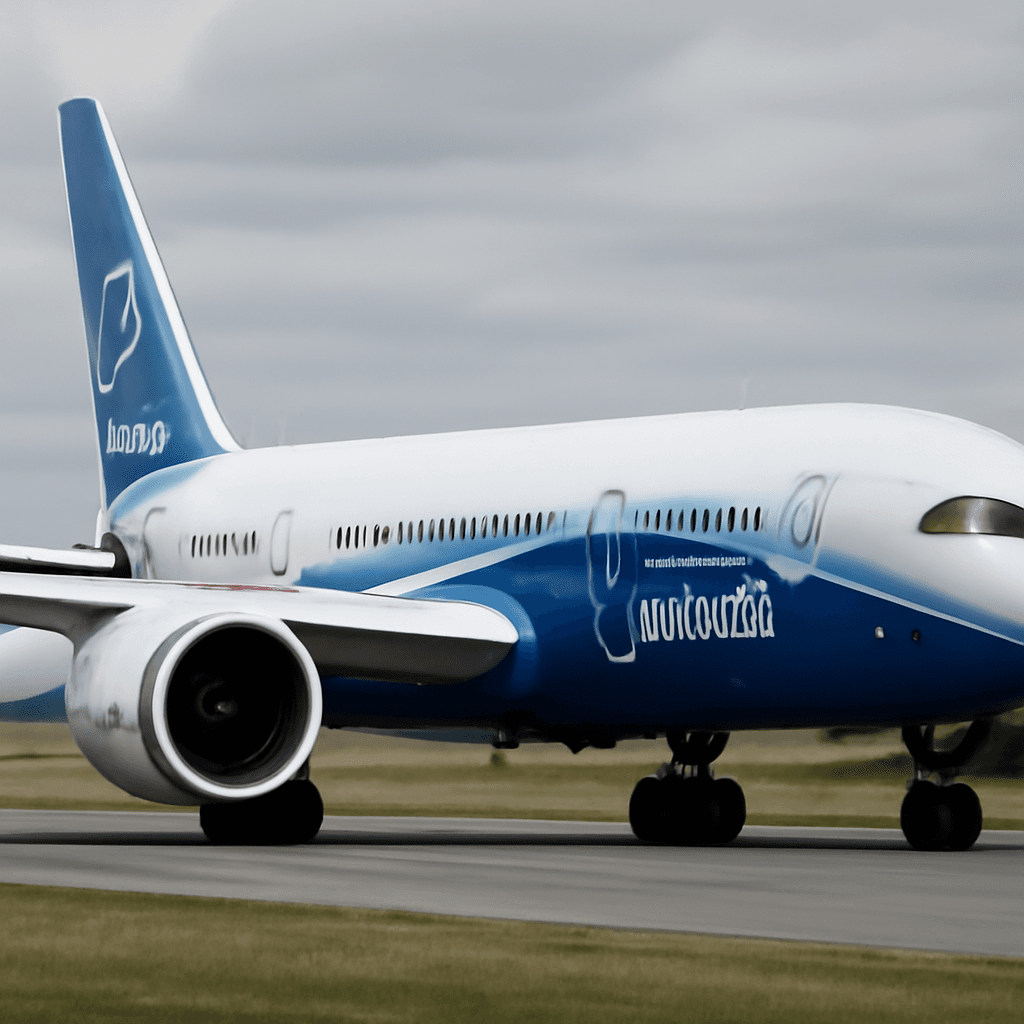Investigators Zero In on Fuel Control Switches in Air India Crash
A preliminary investigation into the tragic crash of an Air India Boeing 787 Dreamliner in June is nearing completion, with sources close to the probe revealing a critical focus on the aircraft’s fuel control switches. This development sharpens the spotlight on potential factors behind the disaster that claimed 241 lives onboard and 19 on the ground in Ahmedabad, India.
Background: The Fateful Flight
The ill-fated flight, AI171, bound for London, lost altitude precipitously soon after reaching approximately 650 feet. This rapid descent culminated in a catastrophic crash, making it one of the deadliest aviation incidents in recent Indian history. Investigators have since been scrutinizing flight and voice data recorders, alongside a Boeing-run simulation of the aircraft's final moments, to decode what exactly went wrong.
Focus on Fuel Control Switches
According to multiple informed sources, the probe has narrowed its inquiry onto the manipulation of the two engine fuel control switches — crucial components that regulate the supply of fuel powering the 787’s engines. Although the investigation has yet to implicate mechanical failure directly, questions surrounding pilot interaction with these switches remain open.
John Cox, an American aviation safety expert with decades of experience, weighed in: "These switches aren’t something a pilot can bump accidentally. They’re designed with safeguards, and moving them results in an immediate loss of engine power." Such a direct connection raises troubling questions about whether the switches were inadvertently toggled or intentionally manipulated during critical moments.
The Challenge of Determining Human Factors
One of the thorniest issues right now is establishing the pilot’s actions regarding the fuel switches. Aviation investigations often grapple with disentangling mechanical from human error, especially when the evidence does not definitively prove intent. As Reuters reported last month, engine thrust anomalies are a key vector under scrutiny, but full clarity remains elusive.
Delays and Transparency Concerns
The investigation’s progress has been hampered by delays in accessing and downloading the black box data — taking nearly two weeks post-crash — and limited communication from Indian authorities. Only one press briefing has been held since the tragedy, with no facility for media questions, drawing criticism over transparency.
However, a recent reversal by the Indian government allowing a UN aviation expert observer from the International Civil Aviation Organisation (ICAO) to join the probe marks a positive step towards international cooperation and accountability. Though ICAO maintains a cautious stance pending official authorization, their involvement represents a push for adherence to global investigatory standards.
Broader Implications for India’s Aviation Sector
This calamity casts a shadow over the Tata Group’s ongoing efforts to revitalize Air India following its 2022 acquisition from the government. India’s civil aviation ambitions—aiming to transform the country into a major international aviation hub similar to Dubai—face heightened scrutiny amid safety concerns.
In response, a political panel will convene to examine safety protocols within India’s aviation industry, inviting government and industry leaders to answer pressing questions, including those arising from this crash.
Looking Ahead: Pending Report and Unanswered Questions
The much-anticipated preliminary report, expected around the 30-day mark after the incident, may shed more light on these issues. Yet, insiders caution that the extent of disclosed details remains uncertain, leaving room for ongoing speculation and the necessity for further rigorous investigation.
Editor's Note
The Air India tragedy underscores how multi-faceted air crash investigations can be. The emphasis on fuel control switches invites deeper examination of cockpit procedures, pilot training, and mechanical safeguards. It also reveals challenges in maintaining transparency while respecting international protocols.
For a nation aspiring to be a global aviation powerhouse, ensuring rigorous safety oversight and open communication with the public is paramount. This case poses critical questions about balancing technical complexities with human factors—a delicate dance that all modern air safety regimes must master.
Readers are encouraged to consider how technological safeguards intersect with human judgment in aviation, and how evolving investigative processes can learn from such heartbreaking events to prevent future loss.

